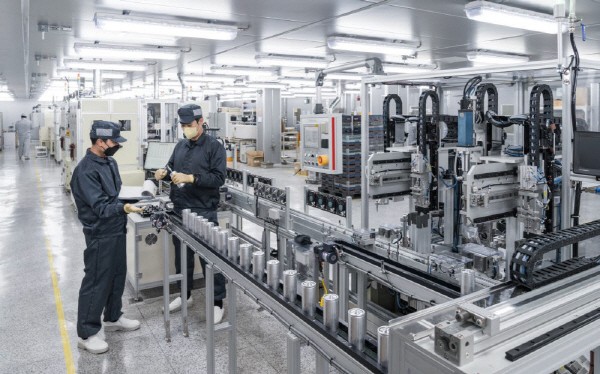LS Materials, a subsidiary of LS Cable & System, is strengthening their new special battery business, which demand is surging.
LS Materials is a company specializing in Ultra Capacitor (UC) solutions that started research and development from LS Cable & System in 2002 and has developed their technological capabilities over the past 20 years.

UC is a special industrial battery with high-speed charge and discharge with long lifespan. It is used in wind power generators, uninterruptible power supplies (UPS), factory automation, automated guided vehicles (AGV), and EV. It is growing at an average annual rate of 30%, because of the rapid increase in UC exports for wind farms in the US.
UC plays a role in connecting power with a high output momentarily in the event of a power outage. The charging and discharging time is only one tenth of the lead-acid battery that are being currently used. The number of charge and discharge cycle is more than 1,000 times higher than that of lead-acid batteries. Until now, batteries for wind turbines had to be replaced every two to three years. If UC is applied, it can be used for more than 15 years.
LS Cable & System expanded their investment in LS Materials, believing that the market will reach trillions KRW when UC becomes common as EV parts such as emergency power supplies and output auxiliary devices.
Youngho Hong, CEO of LS Materials, said, “The market is growing rapidly due to the expansion of application fields and the spread of EV and wind power generation industries. UC can compensate for the disadvantages of existing secondary batteries, so the fields of application are limitless.”
LS Cable & System is also developing a hybrid ESS (H-ESS) for charging EV with LS Materials. It is a product that uses a capacitor instead of a battery to increase the stability of power supply and reduce the risk of fire.
H-ESS can stably supply electricity even during peak times when multiple EV are charged simultaneously at charging station. Even after repeated charging and discharging, the performance degradation is small, and the lifespan is 5 to 10 times longer than general energy storage systems (ESS).
By Staff Reporter Sora Park (srpark@etnews.com)